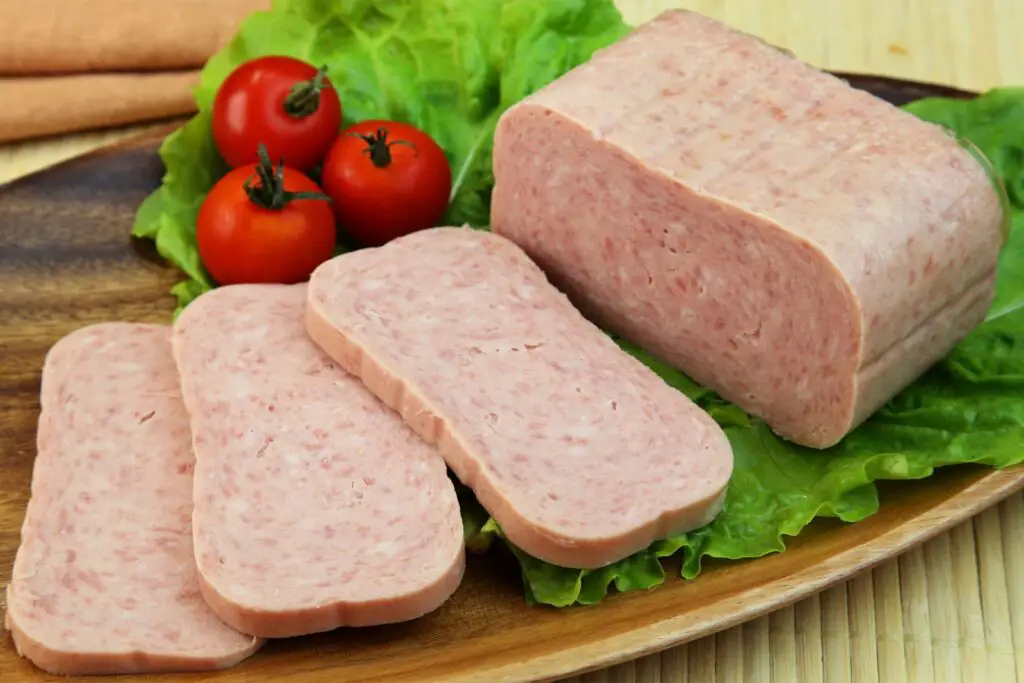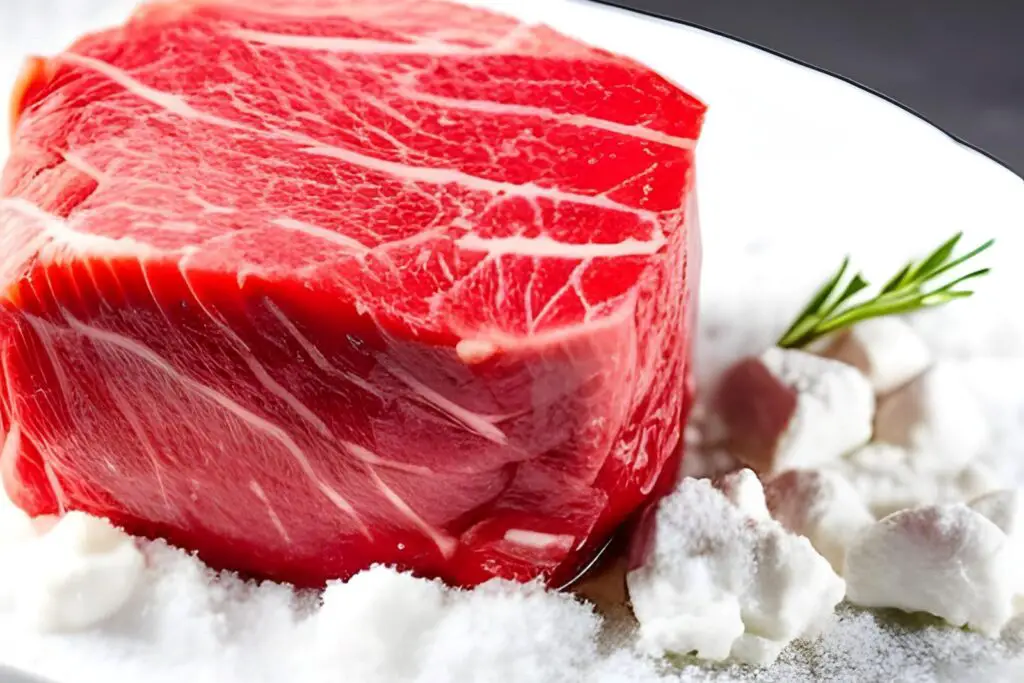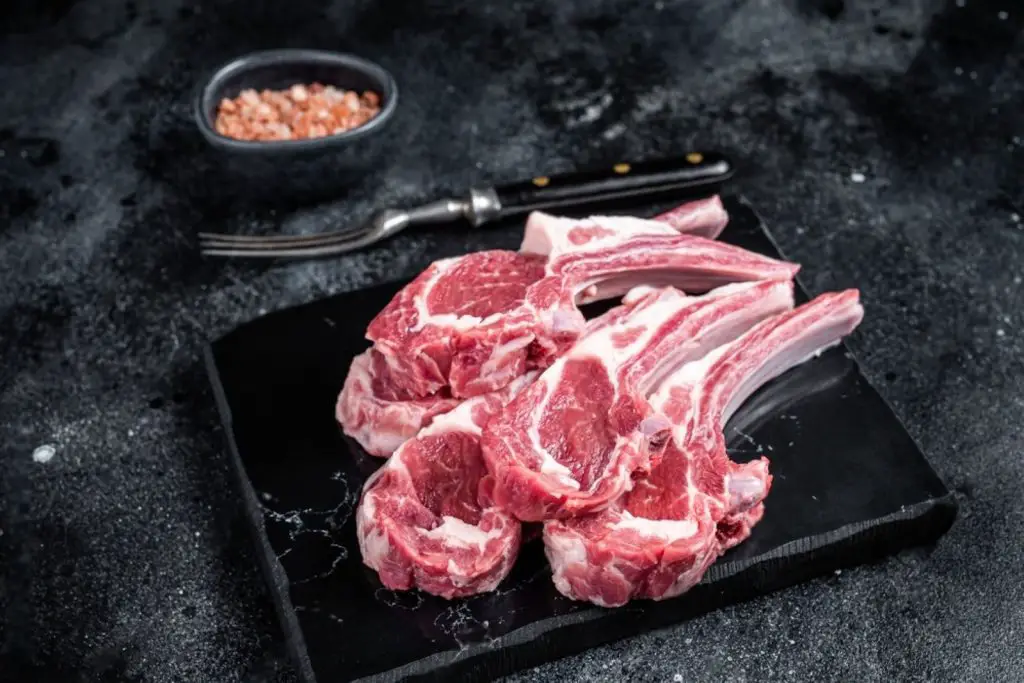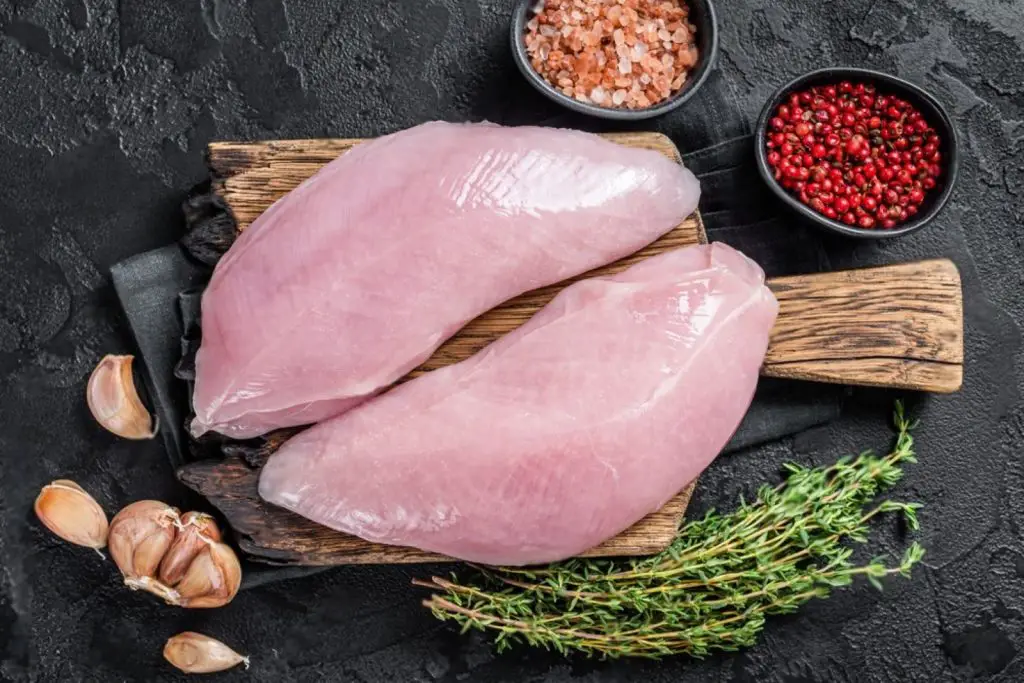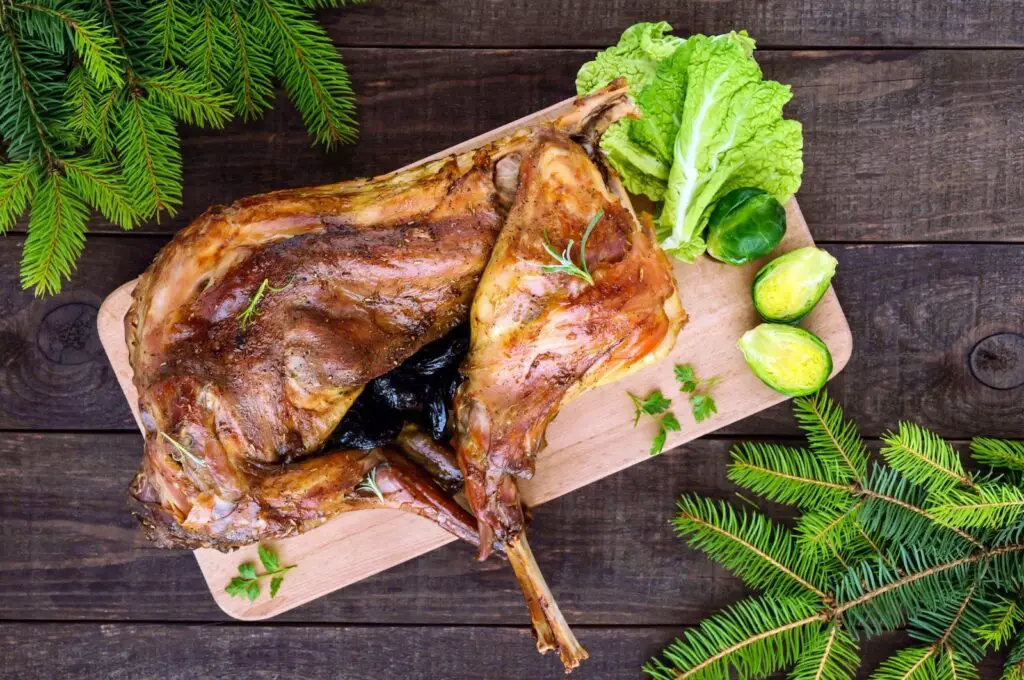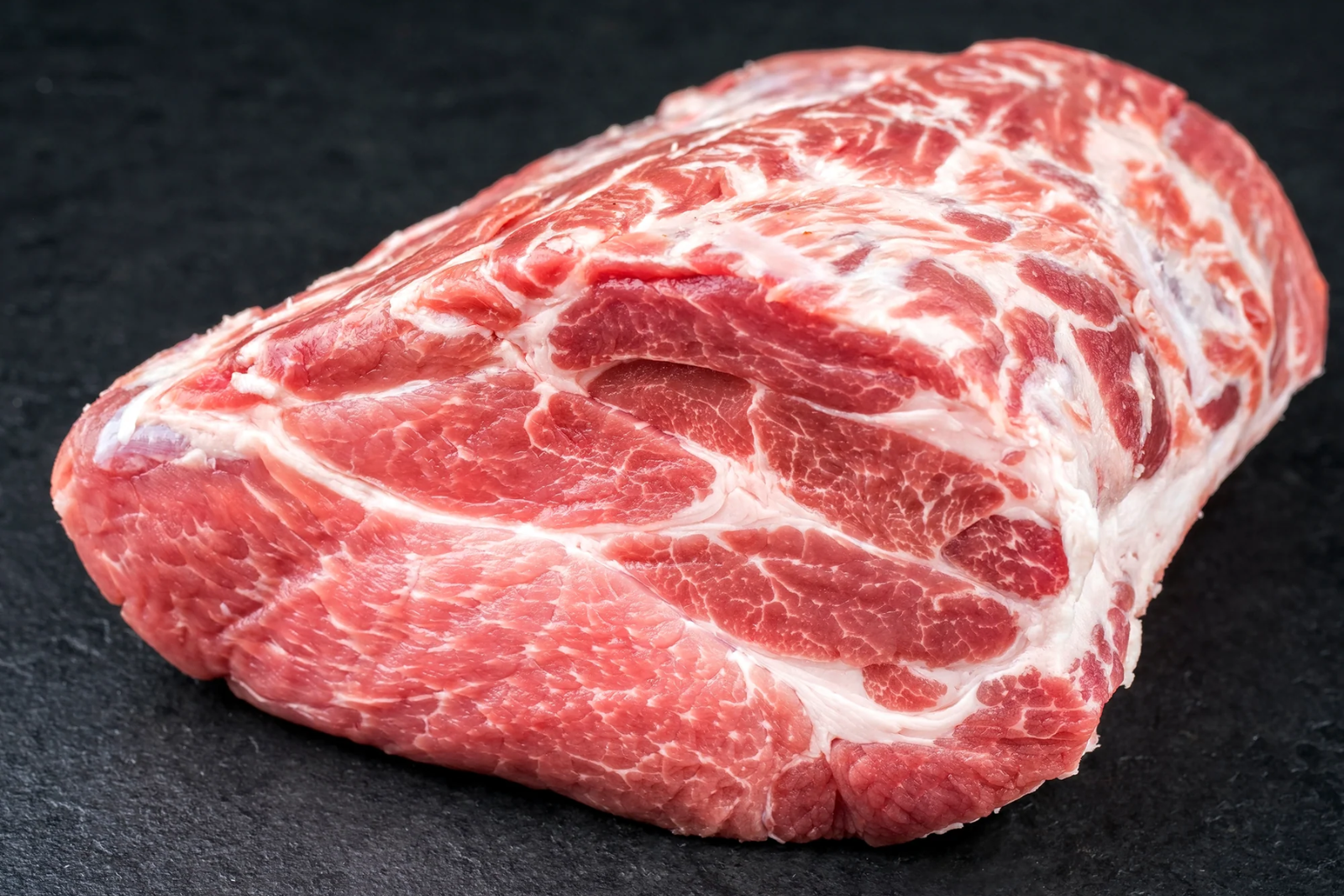
Pork butt, also known as pork shoulder, is a flavorful and versatile cut of meat that is often used for slow cooking, barbecuing, and roasting. Whether you’ve purchased a large pork butt for a special occasion or want to stock up on this delicious cut while it’s on sale, freezing pork butt can help you extend its shelf life and have it readily available for future meals. Freezing pork butt requires proper preparation and storage techniques to maintain its quality and taste. In this article, we will provide you with a step-by-step guide on how to freeze pork butt effectively.
Here’s a guide on how to freeze pork butt:
Step 1: Select fresh pork butt
Choosing a fresh pork butt is crucial when it comes to freezing meat. Whether you’re purchasing it from a local butcher or a grocery store, taking the time to select a high-quality piece will significantly impact the flavor and texture of the meat when it’s thawed and cooked.
When examining pork butt, look for a piece that has a good amount of marbling. Marbling refers to the intramuscular fat distributed throughout the meat. It not only adds flavor but also helps keep the meat moist during cooking. A pork butt with well-distributed marbling will result in tender and juicy final dishes.
Additionally, inspect the pork butt for any signs of discoloration or unpleasant odor. Fresh pork butt should have a vibrant pink color and a clean, slightly sweet aroma. Avoid cuts that appear grayish or have a strong, off-putting smell, as these could be signs of spoilage.
Opting for fresh pork butt ensures that you’re starting with a quality product that is less likely to have any pre-existing issues or compromised taste. The freshness of the meat, along with its marbling and lack of odor, will contribute to the overall enjoyment of the pork butt once it’s thawed and cooked.
Can I freeze pork butt with bone-in?
Yes, you can freeze pork butt with the bone-in. The freezing process works similarly for bone-in cuts, but it’s important to ensure the packaging is tightly sealed to prevent any punctures from the bone. Freezing bone-in pork butt can add flavor to dishes when cooked, but it may require longer cooking times compared to boneless cuts.
Step 2: Prepare the pork butt
Properly preparing the pork butt before freezing is an important step to maintain its quality and prevent potential issues such as freezer burn. One crucial aspect of preparation is trimming off any excess fat or connective tissue from the surface of the meat.
Excess fat on the pork butt can lead to an uneven freezing process and may contribute to freezer burn. Freezer burn occurs when moisture within the meat evaporates, leaving it dehydrated and prone to texture changes and off-flavors. Trimming the fat helps reduce the risk of freezer burn and ensures that the meat retains its moisture and flavor during freezing.
Connective tissue, such as silver skin or tough membranes, can also affect the texture of the pork butt. These tissues can become chewy and unpleasant when cooked. By removing them before freezing, you improve the overall eating experience once the meat is thawed and cooked.
To prepare the pork butt, use a sharp knife to carefully trim away any visible excess fat or connective tissue. It’s important to exercise caution while doing this to avoid removing too much meat or creating uneven cuts. Aim for a reasonable amount of fat that will contribute to flavor and moisture without hindering the freezing process.
Step 3: Portion the pork butt
When freezing pork butt, it’s beneficial to consider portioning the meat based on your future cooking needs. By dividing the pork butt into individual portions, you can thaw and use only the amount you require for a particular meal, rather than having to defrost the entire piece.
Portioning the pork butt provides flexibility and convenience. It allows you to have better control over the quantity of meat you want to use at any given time. Whether you’re cooking for a small gathering or planning meals for yourself, portioning the pork butt enables you to customize the servings according to your needs.
Dividing the pork butt into individual portions also helps with the thawing process. Smaller portions thaw more quickly and evenly than a large, intact piece. This means you can have the desired amount of pork butt ready for cooking without having to wait for the entire piece to defrost.
To portion the pork butt, you can use a sharp knife to carefully cut it into smaller sections. Consider the portion sizes that work best for your meals. You may choose to cut the pork butt into steaks, chops, or cubes, depending on your cooking preferences.
Step 4: Wrap the pork butt
To ensure the quality and freshness of the pork butt during freezing, it is important to wrap it properly. Wrapping the pork butt tightly in either plastic wrap or aluminum foil serves two essential purposes: protecting it from freezer burn and maintaining its moisture.
Freezer burn occurs when moisture within the meat evaporates and forms ice crystals on the surface. This can result in dry, discolored patches and affect the overall texture and taste of the pork butt. By wrapping the meat tightly, you create a barrier that helps prevent air exposure and minimize the risk of freezer burn.
Both plastic wrap and aluminum foil are suitable materials for wrapping pork butt. Plastic wrap provides a tight seal and is transparent, allowing you to easily identify the contents. Aluminum foil, on the other hand, offers a sturdier protection against freezer burn and helps retain moisture.
When wrapping the pork butt, ensure that the entire surface of the meat is covered, leaving no exposed areas. This helps maintain the meat’s moisture content and prevents it from drying out. Make sure the wrap is snug but not too tight to avoid compressing the meat excessively.
For added protection against freezer burn, you can consider double-wrapping the pork butt. This involves wrapping it first in plastic wrap and then in aluminum foil. The combination of both materials provides an extra layer of insulation and safeguards the meat during freezing.
Step 5: Place in a freezer-safe container
After wrapping the pork butt, the next step is to store it in a suitable freezer-safe container. This ensures proper insulation, protection, and organization within the freezer. There are two main options for storing the wrapped pork butt: a freezer-safe container or a heavy-duty freezer bag.
A freezer-safe container provides a sturdy and secure option for storing the pork butt. Choose a container that is specifically designed for freezer use, as regular food containers may not be able to withstand the extreme temperatures. The container should have a tight-fitting lid to prevent air exposure and potential contamination.
Alternatively, a heavy-duty freezer bag can be used to store the wrapped pork butt. Freezer bags are designed to withstand low temperatures and provide a flexible storage option. When using a freezer bag, it’s important to choose a reliable, high-quality brand to ensure durability and prevent any leaks or tears during freezing.
Regardless of the storage option chosen, it is crucial to remove as much air as possible from the container or bag before sealing it. Air contains moisture, which can lead to freezer burn. Squeezing out the excess air helps minimize the risk of freezer burn and maintain the quality of the pork butt.
If using a freezer bag, consider double-bagging for added protection. Place the wrapped pork butt in one bag and then insert it into another bag, removing as much air as possible from both bags. This extra layer of insulation provides additional security against freezer burn and helps maintain the freshness of the meat.
Can I freeze pork butt in its original packaging?
While it is possible to freeze pork butt in its original packaging, it is generally recommended to transfer the meat to freezer-safe packaging or wrap it tightly with plastic wrap or aluminum foil. This helps prevent freezer burn and ensures better insulation for the meat during freezing.
Can I freeze pork butt in a vacuum-sealed bag?
Yes, vacuum-sealing pork butt before freezing can help maintain its quality and prevent freezer burn. Vacuum-sealed bags remove excess air, reducing the chances of oxidation and freezer burn. It provides an additional layer of protection for the meat during freezing.
Step 6: Label and date the package
Labeling and dating the package of frozen pork butt is an important step in maintaining organization and preventing food waste. By clearly marking the package with the date of freezing and a description of the meat, you can easily track and identify the contents in your freezer.
When freezing multiple items, including different cuts of pork or other meats, labeling ensures that you can locate and use the oldest pork butt first. This practice follows the principle of “first in, first out” (FIFO), where you prioritize using the oldest items to prevent them from becoming forgotten and ultimately going to waste.
The date of freezing provides a reference point to assess the length of time the pork butt has been stored in the freezer. It helps you determine the recommended storage duration and make informed decisions about its quality and safety. Generally, frozen pork butt can be stored for several months while maintaining its quality, but it’s always best to follow guidelines for specific cuts and your freezer’s capabilities.
Additionally, including a description of the meat on the label helps avoid confusion or misidentification. Specify that it is pork butt or pork shoulder to ensure you’re using the intended cut for your desired recipe. This step can be particularly useful if you have multiple types of meat or cuts stored in your freezer.
To label the package, use a permanent marker or freezer-safe labels. Write the date of freezing, including the month, day, and year. Add a clear description, such as “Pork Butt” or “Pork Shoulder,” to avoid any ambiguity.
Step 7: Freeze the pork butt
Once you have wrapped and labeled the pork butt, it’s time to freeze it. Proper freezing is essential for maintaining the quality and safety of the meat. Here’s what you need to know about freezing the pork butt:
- Find the coldest part of your freezer: The coldest part of the freezer is usually near the back or bottom. This area maintains a more consistent temperature, which is crucial for effective freezing. Locate this spot in your freezer and clear a space to accommodate the pork butt.
- Ideal freezing temperature: Set your freezer to a temperature of 0°F (-18°C) or below. This low temperature helps to inhibit bacterial growth and preserve the quality of the pork butt. Freezing at the proper temperature is key to maintaining the meat’s texture, flavor, and nutritional value.
- Position the pork butt flat: Place the wrapped pork butt in the designated area of the freezer, ensuring that it is positioned flat. Laying it flat maximizes space efficiency and allows for more even freezing. It also prevents the meat from sticking together, making it easier to remove individual portions if needed.
- Give sufficient space: Make sure to provide some space around the pork butt to allow for proper airflow. Sufficient airflow aids in the freezing process and helps maintain consistent temperatures throughout the freezer. Avoid overcrowding the freezer to ensure optimal freezing conditions.
How long can I store frozen pork butt?
When properly stored in a freezer at 0°F (-18°C) or below, frozen pork butt can be stored for up to 6 to 12 months. It’s important to note that the quality of the meat may degrade over time, so it’s best to consume it within the earlier end of the recommended time frame.
Step 8: Thaw and use as desired
After properly freezing the pork butt, it’s important to thaw it safely and thoroughly before cooking. Here’s how to thaw and use the frozen pork butt:
- Transfer to the refrigerator: When you’re ready to use the frozen pork butt, move it from the freezer to the refrigerator. Thawing in the refrigerator is the safest method as it allows for a gradual thaw, minimizing the risk of bacterial growth.
- Thawing time: The thawing time will vary depending on the size of the pork butt. As a general guideline, allow several hours to a day or more for the pork butt to fully thaw in the refrigerator. Larger cuts may take longer to thaw compared to smaller portions.
- Use a tray or container: To prevent any potential cross-contamination, place the wrapped pork butt on a tray or in a container to catch any drips that may occur during thawing. This also helps keep your refrigerator clean and organized.
- Do not thaw at room temperature: Avoid thawing the pork butt at room temperature, as it can lead to uneven thawing and increase the risk of bacterial growth. Thawing in the refrigerator is the safest method to ensure the meat remains at a consistently cold temperature throughout the process.
- Cook as desired: Once the pork butt is fully thawed, you can proceed to cook it using your preferred method. Whether you choose to roast, slow cook, grill, or use any other cooking technique, follow your recipe’s instructions for the best results.
It’s important to note that once the pork butt is thawed, it should be cooked promptly. Avoid refreezing thawed pork butt, as this can affect the texture and quality of the meat.
How do I thaw frozen pork butt quickly?
For quick thawing, you can place the wrapped pork butt in a sealed plastic bag and submerge it in cold water. Change the water every 30 minutes to ensure it stays cold. Avoid using hot water or leaving the pork butt at room temperature for thawing to prevent bacterial growth.
Other related questions
Can I refreeze pork butt?
It is generally safe to refreeze pork butt if it has been thawed properly in the refrigerator. However, the quality and texture of the meat may be affected after being thawed and refrozen. It is recommended to cook the pork butt after thawing and consume it rather than refreezing it to preserve its taste and texture.
How do I know if the pork butt has gone bad after being frozen?
To determine if frozen pork butt has gone bad, look for signs such as a sour or unpleasant odor, discoloration, or an off texture. If there are visible ice crystals, freezer burn, or the meat feels slimy or sticky, it may indicate spoilage. Trust your senses and if in doubt, it’s best to discard the pork butt to avoid any potential foodborne illnesses.
Can I freeze cooked pork butt?
Yes, you can freeze cooked pork butt. Allow the meat to cool completely before wrapping it tightly in freezer-safe packaging. Freezing cooked pork butt can be a convenient way to preserve leftovers for future meals.
Can I freeze pork butt marinated in a sauce?
Yes, you can freeze pork butt that has been marinated in a sauce. However, keep in mind that the texture of the meat may change slightly upon thawing. It is recommended to use a marinade that complements the flavors of the pork butt and avoid highly acidic marinades that can affect the texture.

